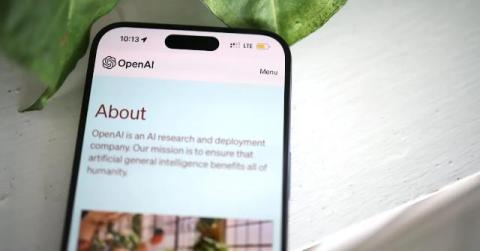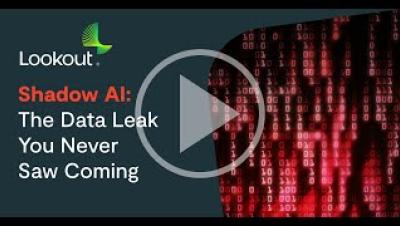Cloud Security Compliance: Ensuring Data Safety in the Cloud
Modern organizations know that protecting their data is absolutely critical. That’s where cloud security compliance comes in. Satisfying regulatory standards helps organizations protect against unauthorized access and data breaches, as well as other security incidents. Beyond protecting data, compliance also protects organizations from the legal implications and financial effects of attacks.












